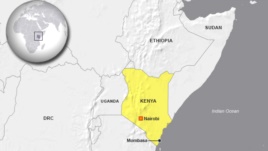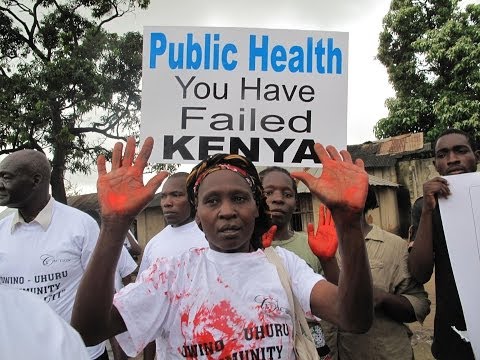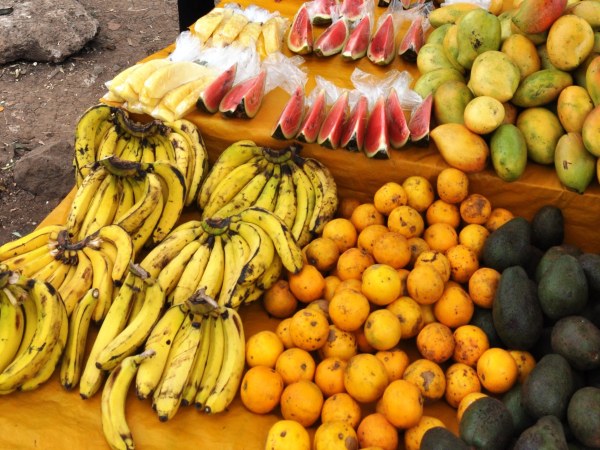Trichomoniasis, also called “trich,” is a common sexually transmitted infection (STI) that affects both men and women. Caused by a protozoan parasite called Trichomonas vaginalis, this relatively common STI is the cause of vaginal infections in women and urethral infections in men. Don’t worry, it’s easily curable.
Though STIs such as Trichomoniasis is mostly contracted through sexual contact, did you know the parasites can also survive on infected objects like bed sheets, towels and toilet seats from hotels?
Capital Lifestyle Magazine began looking into this when a male friend was diagnosed by his doctor that he had a yeast infection. As a faithful husband, you can imagine the confusion as to where he could have possibly contracted the STI. As a frequent traveler for work, it soon became apparent that the onset of his genital itching, painful unrination, unusual penile discharge and redness was a result of poorly cleaned hotel towels… .GROSS.
While not all viruses and bacteria are hardy enough to live for extended periods of time on contaminated surfaces such as glass, many of them – including those that can cause STIs – are. Chlamydia as well as all bacteria are pretty resilient when it comes to survival outside the human body, sharing a towel can transfer the bacteria.
Some housekeeping staff maybe cutting corners in their jobs resulting in a blatant disregard for hygienic practices. We all know that some of the principal routes for spread of infections include contact with infected persons or contact with articles of bedding or clothing that have been contaminated by an infected source. If the bedding and towels in your hotel room were contaminated and reused, you could be at risk of contracting a virus or infection.
Symptoms of Trichnomaniasis usually takes from 3 to 28 days to develop. Technically, you could travel to many places before even realizing that there was a problem in one of your hotel rooms.
Trichomoniasis can be treated with oral antibiotics, usually a single dose. It is especially important that both partners be treated – well, in this case only yourself since your partner was an unclean towel that probably looked invitingly white and pristine.
Understandably, hotel management sources condemn these practices and state that these behaviors violate standards and policy for their establishments. However, to minimize your risk of contracting viruses and infections during your travels, it’s advisable to bring your own towel and to avoid sleeping naked in an unfamiliar bed with suspicious bedding.
Source: all africa





 Abortion is medically defined as the expulsion of a pregnancy before viability whether spontaneous or induced.
Abortion is medically defined as the expulsion of a pregnancy before viability whether spontaneous or induced.


